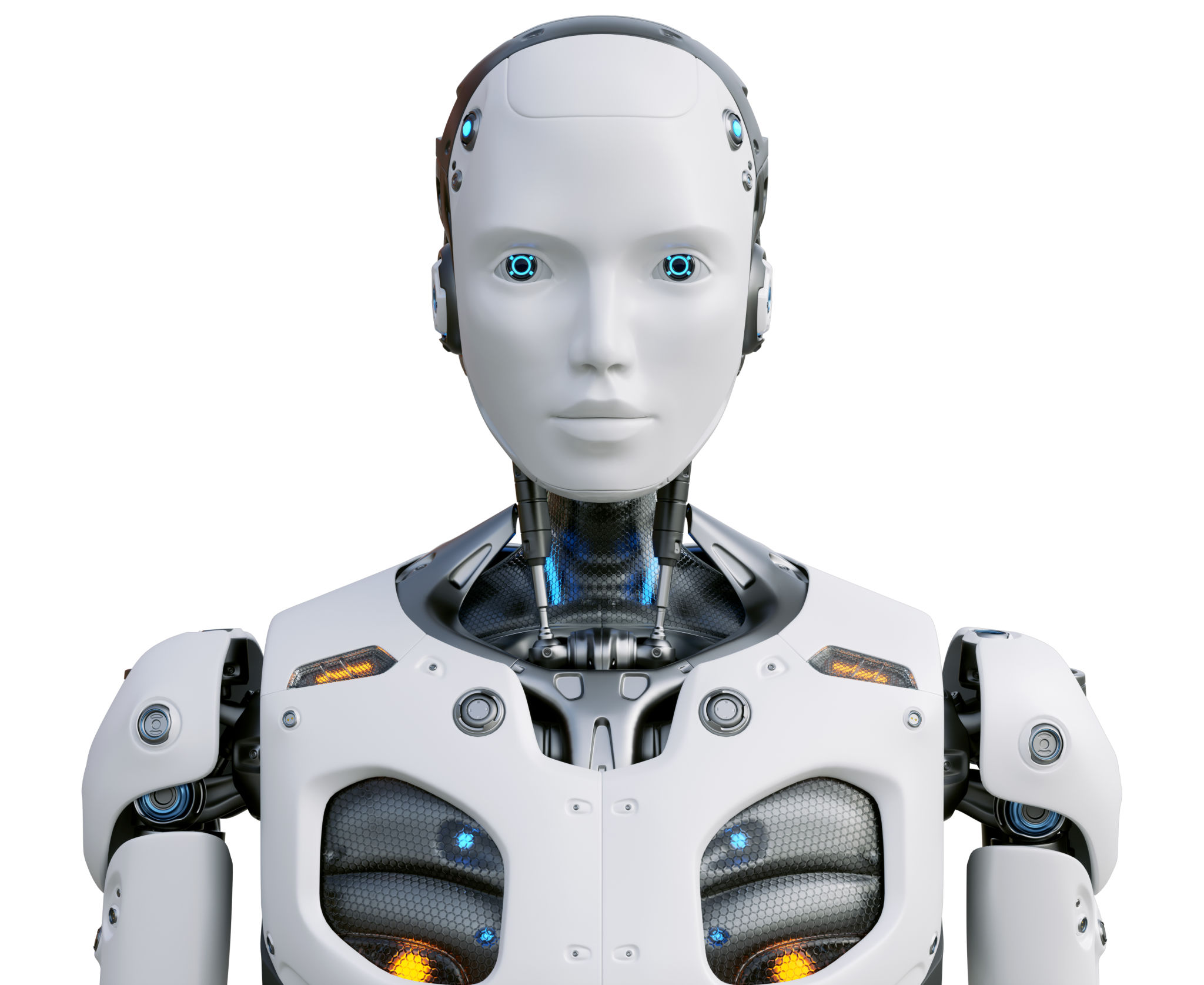Innovations in Precision Machining: The Future of Tufting Parts
Introduction to Precision Machining in Tufting Parts
In the ever-evolving world of manufacturing, precision machining stands out as a game-changer, especially in the production of tufting parts. As industries demand tighter tolerances and more intricate designs, the need for advanced machining techniques becomes increasingly essential. Precision machining not only enhances the quality of tufting parts but also boosts efficiency and reduces waste.
Tufting parts, integral to the textile industry, require a high degree of accuracy due to their complex geometries. Innovations in this field have significantly improved the production process, ensuring that industries can meet the growing demands with exceptional precision and speed.

Technological Advancements Driving Innovation
Recent technological advancements have fueled significant improvements in precision machining. The integration of computer numerical control (CNC) systems has revolutionized the manufacturing of tufting parts. CNC machines provide unmatched accuracy, allowing for the production of parts with exact specifications and minimal error.
Additionally, the adoption of additive manufacturing techniques, such as 3D printing, has further expanded the possibilities within precision machining. These technologies enable the creation of complex designs that were previously impossible to manufacture using traditional methods. The combination of CNC and additive manufacturing is paving the way for a new era in tufting part production.

Materials and Their Impact on Precision
The choice of materials plays a crucial role in precision machining. With advancements in material science, manufacturers now have access to a wider range of durable, lightweight, and cost-effective materials. These materials not only enhance the performance of tufting parts but also contribute to longer tool life and reduced production costs.
Metals such as aluminum and titanium are popular choices due to their excellent machinability and strength-to-weight ratio. Additionally, polymers and composite materials are gaining traction for their versatility and resilience, offering new possibilities for innovative tufting part designs.
Quality Control and Assurance
Ensuring quality control is paramount in precision machining. Innovations in inspection technology, such as coordinate measuring machines (CMM) and laser scanners, have enhanced the ability to maintain stringent quality standards. These tools offer precise measurements and real-time feedback, allowing for immediate adjustments during the manufacturing process.

Furthermore, software advancements in simulation and modeling have enabled manufacturers to predict potential issues before they arise. This proactive approach minimizes defects and optimizes the entire production cycle, ensuring that tufting parts meet or exceed customer expectations.
The Role of Automation in Enhancing Efficiency
Automation has become an integral component of precision machining, transforming how tufting parts are produced. Automated systems streamline operations by reducing human error and increasing production speed. Robotics, particularly in material handling and assembly, enhance efficiency while maintaining high-quality standards.
Additionally, automated systems provide valuable data analytics that help manufacturers optimize processes and make informed decisions. This data-driven approach not only improves current operations but also guides future innovations in tufting part production.

The Road Ahead: Future Trends
The future of precision machining in tufting parts is promising, with several emerging trends set to reshape the industry. The integration of artificial intelligence (AI) and machine learning (ML) promises further advancements in automation and predictive maintenance. These technologies will enable machines to learn from previous operations and improve their efficiency over time.
Moreover, sustainable manufacturing practices are gaining momentum. The focus on eco-friendly materials and energy-efficient processes is driving the development of greener machining solutions. As consumer demand for sustainability grows, manufacturers will continue to innovate to reduce their environmental footprint while delivering high-quality tufting parts.
Conclusion
The innovations in precision machining are transforming the landscape of tufting part production. With advancements in technology, materials, quality control, automation, and sustainability, the industry is poised for significant growth. As manufacturers continue to embrace these innovations, they will not only meet the demands of today but also set new standards for the future.
